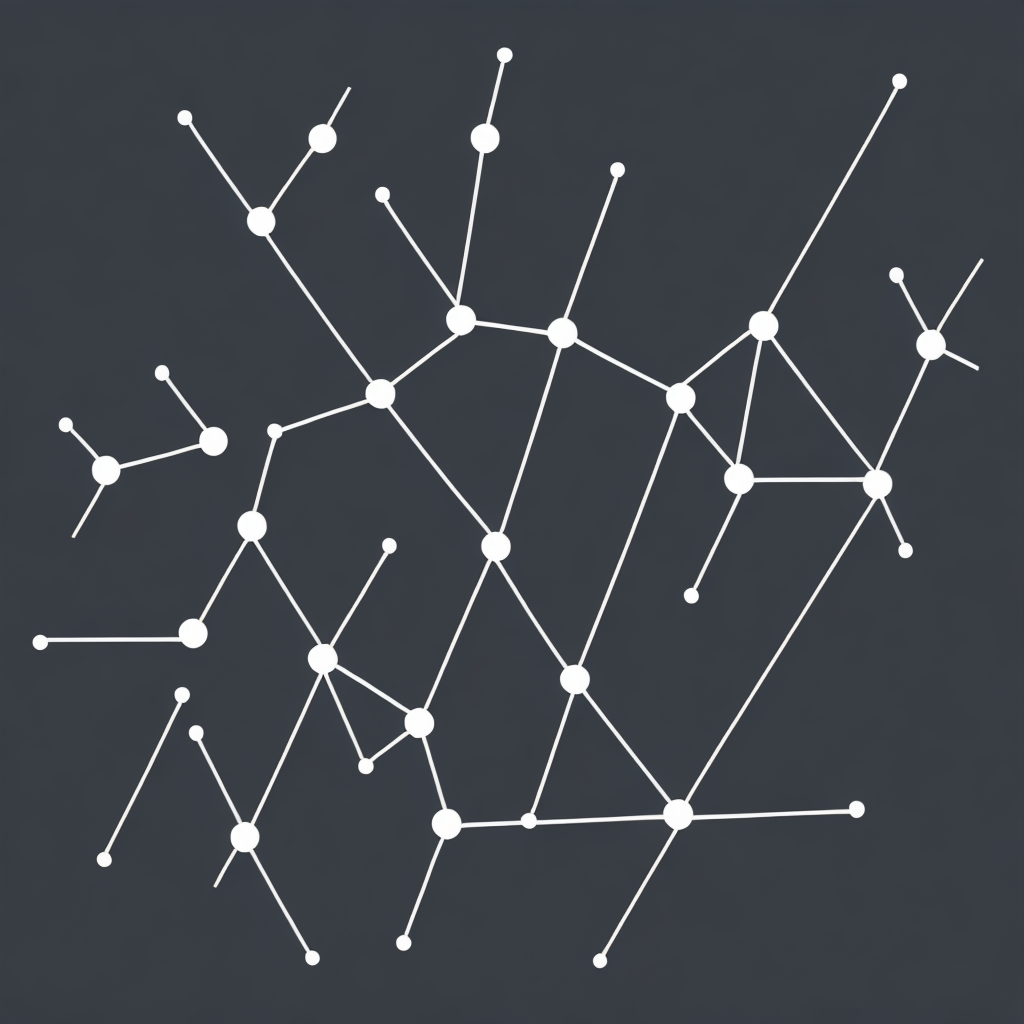Title: Unleashing the Power of Knowledge Graphs: Enhancing Data Organization, Accessibility, and Insights in the Age of Big Data
Introduction
In the era of Big Data, where the volume of information is growing exponentially, managing, organizing, and extracting meaningful insights from massive datasets can be a daunting task. Traditional methods of handling data often fall short in providing the comprehensive, interconnected insights required for informed decision-making. Knowledge graphs, with their structured and semantic-based approach to data representation, now present a transformative solution for organizations across various industries. Empowering users with the ability to traverse through data in meaningful pathways and enabling sophisticated, context-aware querying, knowledge graphs hold the potential to revolutionize data management and analytics.
The Importance of Knowledge Graphs
Knowledge graphs are essentially a type of database that focuses on connecting individual pieces of information in a highly structured way, allowing for deeper insights than traditional relational databases. By representing data as nodes (entities) connected through edges (relationships), these graphs enable a more nuanced exploration of data sets, uncovering patterns, trends, and connections that might otherwise be undetectable.
Enhancing Data Organization
One of the key benefits of knowledge graphs is their ability to organize complex, diverse data into a coherent, interconnected structure. This not only facilitates easier and faster access to data but also supports scalability, ensuring that as new data is added, it is seamlessly integrated with existing information while preserving the integrity of the knowledge base.
Incorporating Data Accessibility
Knowledge graphs drastically improve data accessibility, making information easily understandable and readily available to users, regardless of their technical expertise. Through a combination of rich visualizations and intuitive querying interfaces, users can engage with the data more effectively, extracting insights through direct exploration of connections between entities rather than through rigid SQL queries. This accessibility encourages broader participation and innovation within organizations, as more users are empowered to leverage data insights for decision-making processes.
Empowering Information Insights
The power of knowledge graphs lies not only in their data organization capabilities but also in their potential to generate novel insights and predictive outcomes. By modeling complex relationships and patterns within data, knowledge graphs can facilitate advanced analytics, predictive modeling, and even explainable AI, helping organizations make informed decisions based on deep insights rather than surface-level correlations.
The Role in Big Data Strategy
In the context of Big Data, knowledge graphs serve as a powerful enabler for effective data-driven strategies. They align seamlessly with cloud computing infrastructures, providing a scalable solution to manage and analyze large-scale datasets. Furthermore, the use of knowledge graphs can integrate with existing data pipelines and big data technologies (e.g., Hadoop, Spark), enhancing the overall ecosystem with its unique strengths.
Conclusion
As the world continues to generate vast amounts of data, the need for efficient, sophisticated tools to organize, access, and derive insights from this information becomes paramount. Knowledge graphs represent a promising approach to this challenge, offering a novel way to structure data, enhance accessibility, and uncover valuable insights. By embracing this technology, organizations can leverage their data to drive innovation, improve decision-making, and ultimately gain a competitive edge in their respective fields. The full potential of knowledge graphs, therefore, lies in their ability to unlock the true value hidden within big data, transforming the way businesses operate and innovate in the digital age.
